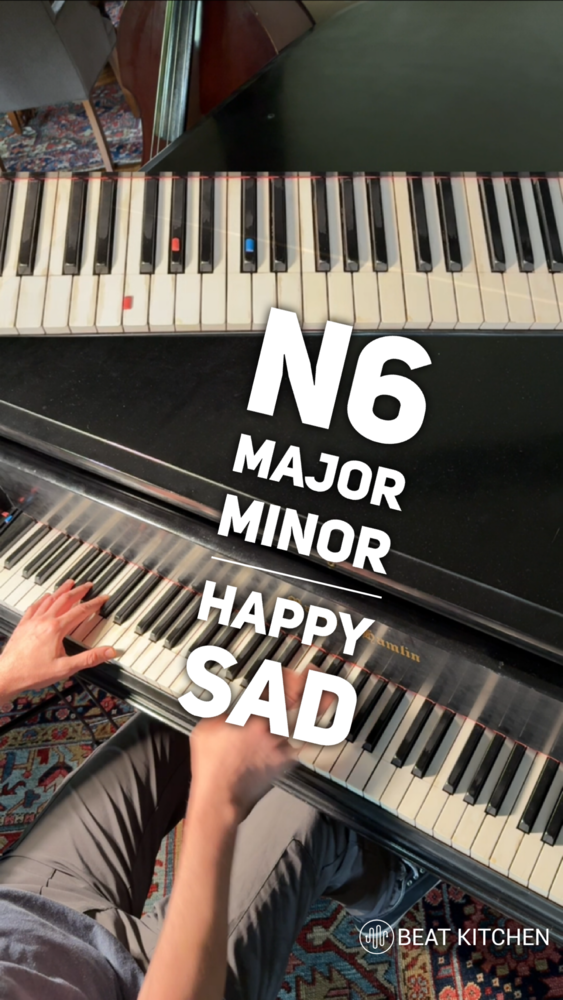
N6: major minor happy sad
Let’s do away with the notion that all major chords are bright and happy and all minor chords are dark and sad.
Welcome to our comprehensive library of music production articles. From music theory foundations and advanced production methodologies to audio engineering concepts, creative tips, and industry insights—discover the wide range of knowledge that fuels great music production.
New students come in to me with their eyes all in glitter thinking about gear and gear is great But let’s level set for a second because aside from you and your instruments The only thing in your entire studio that makes a sound is your monitors and every decision you make comes through that lens This video is not so much for the rest of the video; it’s not so much for the rest of the
Read MoreShowing 12 of 528 articles (Page 2 of 44)

Let’s do away with the notion that all major chords are bright and happy and all minor chords are dark and sad.

I can’t believe I’m saying this.

Not every A minor chord looks like an A minor.

I think it’s time we talked about your fader.

Welcome to today’s first and possibly only episode of Stupid Logic Tricks, where I share things I almost never need to do, but I’m glad I know how to.

It’s only a matter of time before you’re humbled by someone with far less resources than you creating at a very high level.

All right, you want a tip find two quick ways to find stuff in logic.
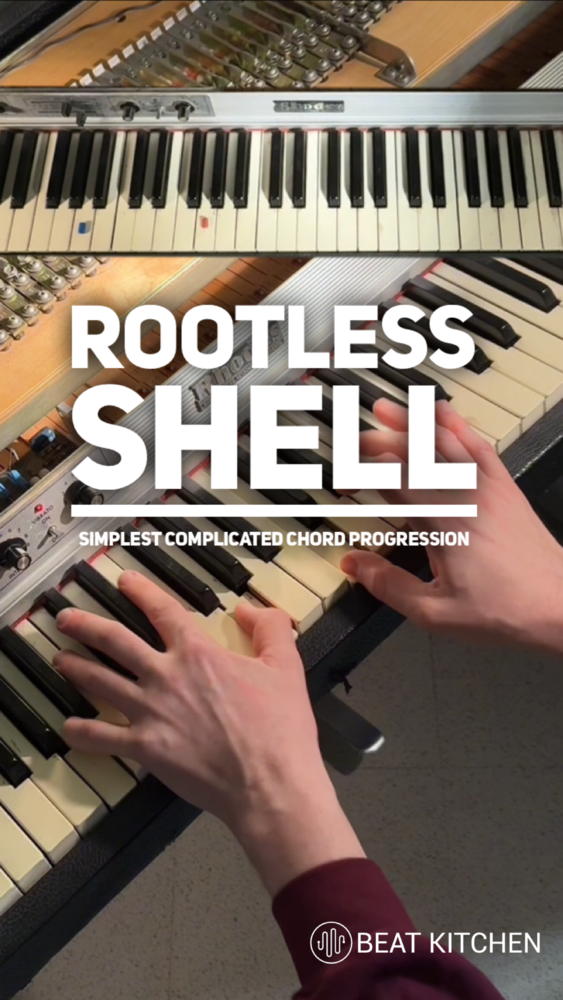
This might be the easiest complicated chord progression you’ll ever learn.
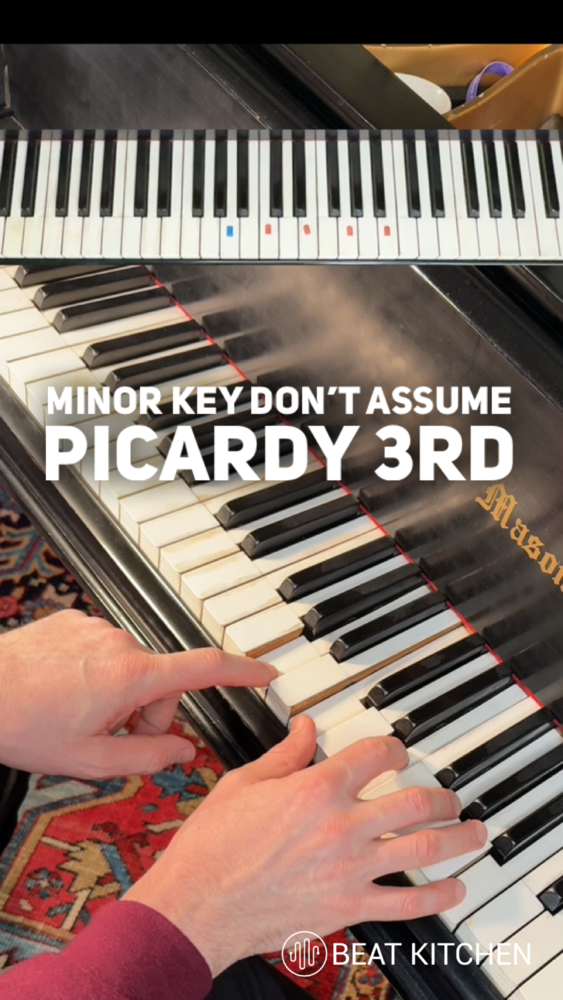
Don’t assume that just because you start off in a minor key, that you have to end up in one.
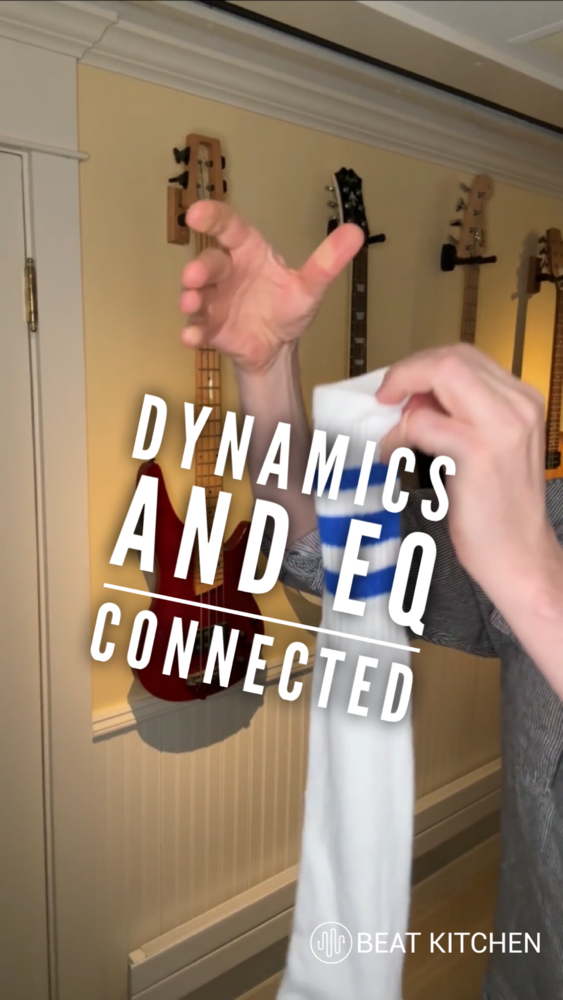
You can try, but you can’t really separate frequency from level.

Learn to record your own vocals or somebody else’s because regardless of whether or not you’re making vocal-based music I can’t think of a better way …
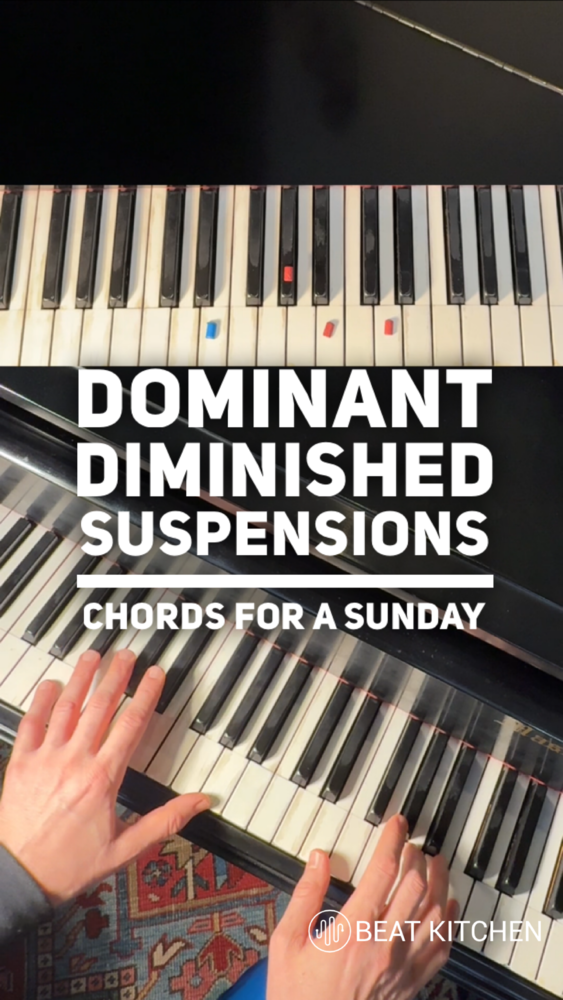
This is a chord progression you might hear on a Sunday.